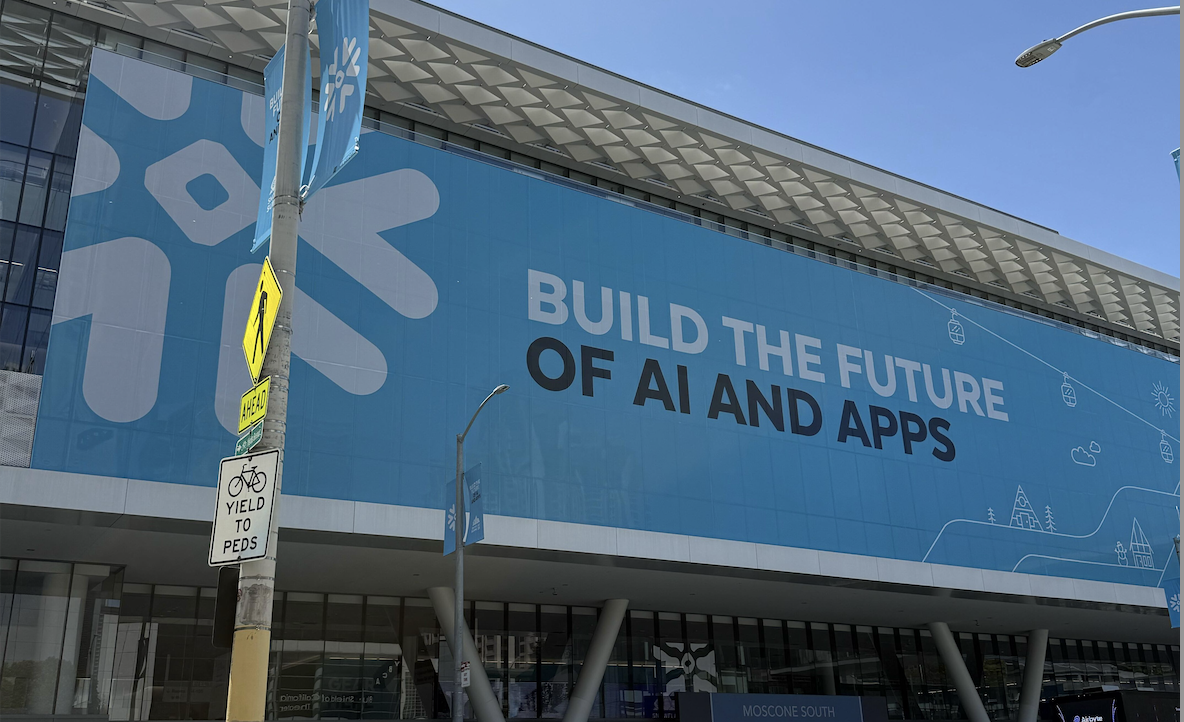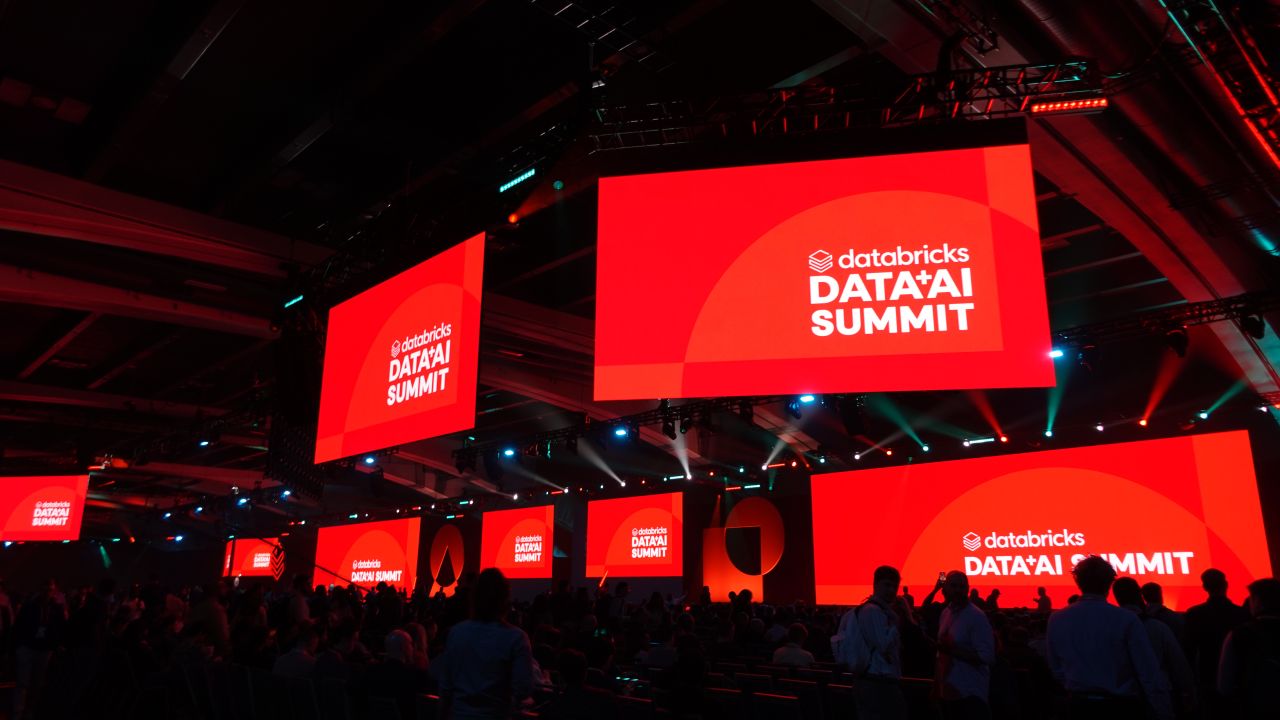Using Snowflake for Building Machine Learning Models

Machine learning has seen constant developments lately, with startups emerging almost daily into the industry. To serve the growing need for computers to learn from data and perform tasks on their own, machine learning (ML) branches out of the big AI technologies.
Reports indicate investments in machine learning will grow from $1.58 billion (2017) to $20.8 around 2023. This is inevitable because ML touches almost all essential sectors, from banking and healthcare to life sciences, government, and retail.
What slows the growth of every emerging startup or existing company that decides to implement AI and more specifically ML practices, stands in finding knowledgeable experts in the field.
However, machine learning tools are lowering the learning curve for data scientists, allowing them to cover more ground from their current position without having to master new technologies. The struggle stands in identifying these ML tools and working with them in data warehouses like Snowflake and more.
Identifying Vital Machine Learning Tools
Machine learning tools resemble predictive modeling and data mining in theory. They are tools running on artificial intelligence algorithms which share the capability of learning to form independent evaluations after being fed data from the real world.
These tools allow the software to make smarter decisions and predict the outcome of certain processes, without having to program each and every possible scenario. Once the machine learning tools are set up and fed the respective data, we start building ML models that can be applied to real-world applications for solving problems.
Machine learning models find use in different situations. For instance, they can be employed to identify security threats, filter spam, build recommendation engines, or predict search patterns. Knowing the machine learning tools to use remains crucial for building ML models.
Such tools perform similar functionalities to BI tools or warehousing tools, aiding not only in building ML models but also in portraying detailed analytics and accurate reports. Even though you might notice an overlap between Big Data and ML tools, the latter occupy a more specified space by relying on machine learning frameworks.
Basic Tools
Programming languages are the initial tools that data scientists should master in order to understand and write efficient algorithms. Some of these languages are R, Java, Python, Javascript, Lisp, and C++, which are commonly practiced by data scientists during their daily work processes. Therefore, minimal learning is required when focusing on ML.
However, companies work with different warehouses and platforms, which might require data scientists to execute extra steps for cleansing and converting data. Since the traditional data warehouses lower the speed at which machine learning processes happen, they usually lead to the complication of data wrangling processes.
Rapid data and machine learning tools grant data scientists the time to spend on perfecting and fine-tuning models until they reach the ideal outcome, instead of staying stuck because of the lack of access to this data. Integrating these tools with one another into a framework facilitates the building of ML models or reports.

Breaking Down a Machine Learning Framework
Machine learning frameworks are more or less, interfaces or platforms where data scientists can bring together machine learning tools and develop ML models. Even though they’re used by data scientists, they are optimized for easy use and increased productivity.
The main factor in selecting a suitable machine learning framework for your business revolves around the type of applications you’re developing and the type of data available. The proper machine learning framework intends to free users from sophisticated infrastructure management, while there are others that focus on flexibility and scalability.
When selecting a machine learning framework, know that you’re prompted to find machine learning tools bundled with it. It is crucial to question the use of the framework: will it be for executing classical machine learning or deep learning algorithms?
The advancement of AI has brought the creation of different by-products in ML frameworks. For instance, deep learning frameworks are branching out of the traditional machine learning frameworks because as the name indicates they focus on deep learning models.
Different from machine learning, deep learning focuses on processing unstructured sets of data. As a subfield of machine learning, it goes deeper into creating models that are based on the actual thought patterns of the human brain. For instance, it builds models that recognize sounds, images, videos, and human faces.

Snowflake And Machine Learning ToolsReduced Employee and Material Costs
As a cloud-computing based data warehousing company, Snowflake is built with artificial intelligence and machine learning applications in mind.
Besides supporting integrations like Qubole, Spark, Python, and R, Snowflake offers many other features in developing data science solutions. Here are some capabilities of Snowflake that make it ideal for machine learning:
- High-performance speed (scales up and down seamlessly)
- Facilitates the completion of data preparation tasks
- Reduces data-related complications from ML tools (e.g the need for retooling data constantly)
- Simplification of data for evaluation from non-technical users.
Final Thoughts
Snowflake is a great option for developing machine learning models or producing more accurate business reports and analytics. It works well with most machine learning platforms and provides access to statistical reporting in a simple way by integrating with other ecosystems specialized in this process such as ThoughtSpot or Tableau.
Blue Orange focuses on producing machine learning solutions for companies of different sizes, from startups to enterprises. This leads to a massive increase in performance and cost reductions. Book a 15-minute free consultation call with our team to learn more.


